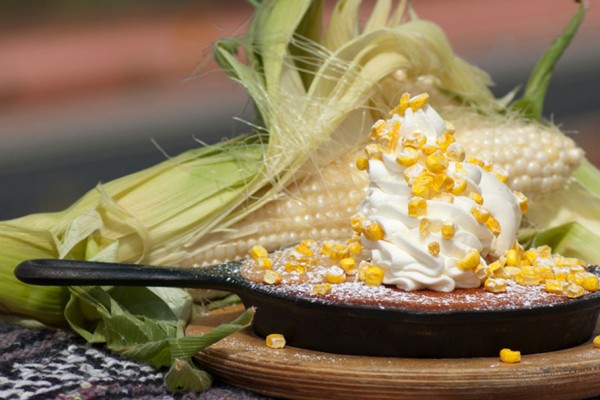Continued (page 2 of 4)
Sidney Sekakuku: Silversmith
Sidney Sekakuku was born with the soul of an artist. Raised in the village of Shungopavi on Second Mesa on the Hopi Indian Reservation in Arizona, he was fascinated by his father’s silversmithing. One night at the dinner table, Sidney Sr., who gave up jewelry to work in forestry, told his children that if any of them were interested in silversmithing, they could have his tools. Sidney Jr. took his dad up on the offer, and while he was home from boarding school in the summers, he spent hours at the Hopi Arts and Crafts Silvercraft Cooperative Guild, watching the artists. “I’m a natural artist,” says Sidney, 61, wearing blue jeans and a turquoise necklace. “I’m self-taught by observation.”
But like most artists, Sidney didn’t start making a living with his craft until later in life. After boarding school, he studied computer science at the University of Colorado, Boulder. He left college when his father, who had since retired, could no longer afford Sidney’s tuition. Instead, he went to work in road construction, creating overlay jewelry in his spare time. He also taught silversmithing at the guild for 15 years and at Northland Pioneer College for eight years. In his spare time, he traveled to art shows, markets and museums throughout Arizona and New Mexico, selling his jewelry. At one point, his work was sold at a gallery in Japan. For nearly 20 years now, he’s been working exclusively for Richard Mehagian and Margo Dove Mehagian at Kopavi in Sedona.
In the 21st century, and especially in this down economy, high-quality metals and stones are difficult and expensive to obtain, and nowhere is that more true than on the remote Hopi Indian Reservation. Richard recognized Sidney’s talent, and he provides the artist with sterling silver, gold and rare stones that Richard has purchased since he opened Kopavi back in 1976. Sidney takes the materials to Jeddito, a small town on the Navajo Indian Reservation where he lives with his girlfriend. In his home studio, he creates overlay bracelets, pendants, rings, earrings, belt buckles, canisters, bolo ties and collar tips.
The Hopi overlay technique consists of two pieces of metal. The bottom piece is solid, while a design is cut into the top piece. The two pieces are soldered together, which gives the jewelry a three-dimensional quality. The Hopi have been crafting this type of jewelry since the late 1800s. While traditional Hopi overlay does not include stones, Sidney likes to work with turquoise, coral, gaspeite, sugalite, diamonds and birthstones because of the pop of color they give the jewelry. But that doesn’t mean that his jewelry strays too far from Hopi beliefs. “There is tradition in all of my pieces,” says Sidney who is from the Bearstrap and Spider clans. “If it’s too contemporary, it’s not Hopi.”
Sidney says the designs in his pieces all have significance and represent the past, present and future. On his jewelry, you’ll find the Hopi creation story, harvest symbols, birds and animals, petroglyphs, and symbols for water and clouds. Sidney signs his last name to the back of all of his work.
“My designs come to me in dreams,” he says. “I’ve started keeping paper and pencil on my nightstand so I can wake myself up from a dream and draw what I have seen. That’s been happening to me for about 15 years now.”



